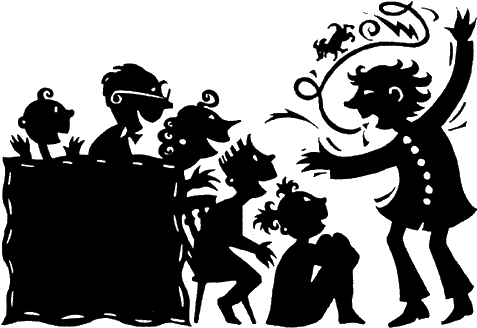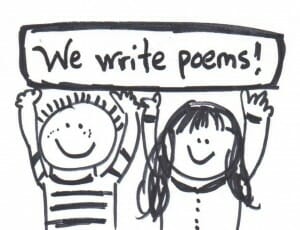Sometimes the best thank-you letter a donor can get isn’t a letter. It’s a phone call.
Ideally, you’d do both. When the donation arrives, call and say, “You’ll be getting an official thank-you letter in a couple of days–but I wanted to call and thank you personally.”
Or, after you know the letter should have arrived, follow it up with a call. “I wanted to thank you again and tell you how much I appreciate your gift.”
What Calling to Say Thanks Does for Your Nonprofit
First off, you will feel great about talking to a donor.
Sure, there may be an awkward moment at the start of the call. The donor isn’t used to getting called out of the blue to be told “thank you.” (Sad, but all too true!) She or he may be wary, thinking you’re about to ask for yet another gift.
When the donor realizes that you took the time to call just because they did a good thing and you want to acknowledge it, they are delighted. They may end up thanking you!
Second, you may learn more about the donor.
If you get a live person on the call and not a voicemail, they may be in the middle of something, or just not talkative. You respect their time, thank them, and move on. But if they seem open to conversation, then do what Tina Cincotti advises:
Say — “I don’t want to take up much of your time but would you be willing to share with me what inspired you to first give to ___________ (org name)?”
You can also ask things like:
- Why does this cause matter to you?
- What interests you most about our organization?
- What expectations do you have of the organizations you support?
- How often do you want to hear from us?
- Would you like to be involved with us in other ways beyond being a donor?
(And don’t forget to make a note of what you hear, in your donor database!)
Third, even if you leave a voicemail, you build trust.
Your donor’s relationship with you follows a predictable path: first they get to know you, then they decide they like you, and finally they come to trust you. Leaving a personal message is a step along that path.
What all this adds up to is: your nonprofit makes more money!
According to Tom Ahern, first-time donors who get a personal thank you within 48 hours are 4x more likely to give a second gift. And you want that second gift, since donor retention rates skyrocket from 22.9% to 60.8%.
So, let’s see.
Don't call. That first-time donor never gives again. Call. They give and keep on giving. Share on XSeems like a simple choice, doesn’t it?
That’s why Gail Perry says using the phone to thank donors is “highly profitable fundraising.” And Steven Shattuck of Bloomerang says you should call every new donor: no excuses!
How to Make a Thank-You Call
Who should call your donors? The best people to make those thank-you calls are Board members and volunteers. Like the donor, they have given time or money, or both, because they care about the organization and its mission. They reinforce the donor’s decision to give, because they are other people “just like you” who give.
Should your callers follow a script? They should have a script (and look at the Gail Perry and Tina Cincotti links above for examples. But they should feel free to adapt it so it sounds like their own voice. That’s particularly important when leaving voicemail. If the donor thinks it’s a sales call, she or he will hang up before hearing your gratitude. A conversational tone of voice can keep them listening.
How long should you stay on the phone? That depends entirely on the donor. If the reaction you hear is, “Oh, that’s so nice! Thank you, goodbye,” don’t try to extend the conversation. If the donor is willing to have a conversation with you, so much the better. If you reach voicemail, say what you mean to say, slowly, with feeling, and that is that.
Thank-You Calls to Mobile Phones
I’m a baby boomer. Most donors are my age or older, and we’re used to getting phone calls on our land lines (or what we used to call just “the phone”).
Increasingly, though, Generations X and Y are starting to give…and increasingly, the mobile phone is the only phone they have. On mobile phones, it’s a nuisance to see that you’ve missed a call, go to voicemail, and play it back. So, leaving voicemail on mobile is not effective: few people are picking it up.
The etiquette among younger donors is that if you call them and they recognize the caller, it’s up to them to call back. (If they don’t, then it’s your problem!) So how do you use the phone to thank a donor who’s mobile?
Text them. At least, that’s what a mobile phone expert told our friends at Blue Avocado. Actually, he advised matching the channel of the thank-you to the channel of the gift.
If someone makes a donation as a result of a text, text them right away with a thank you. A day or two later, send another thank you by email so they get two thanks. If they donated as a result of an email, send them a thank-you email right away, and then follow it up with a snail mail thank you.


